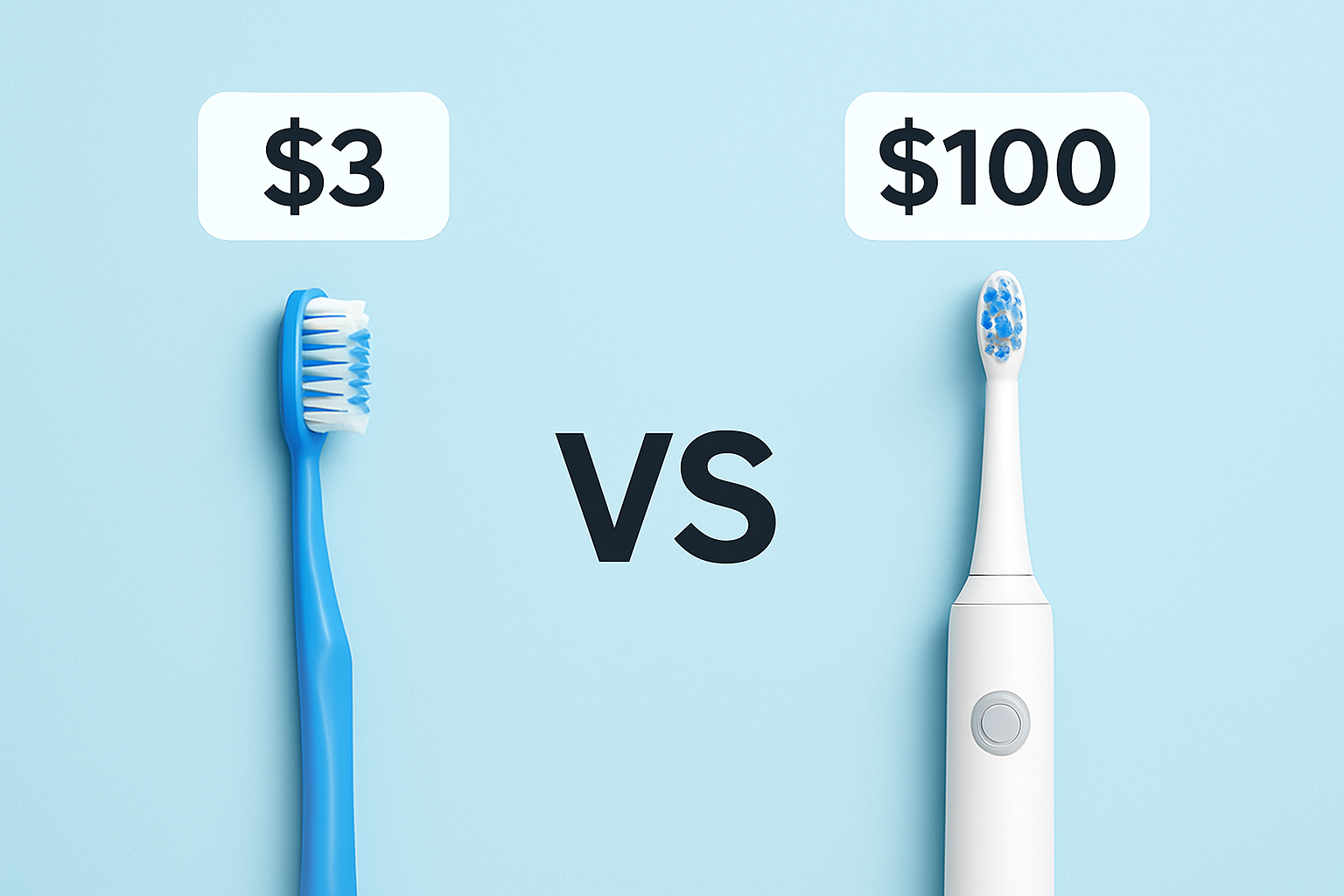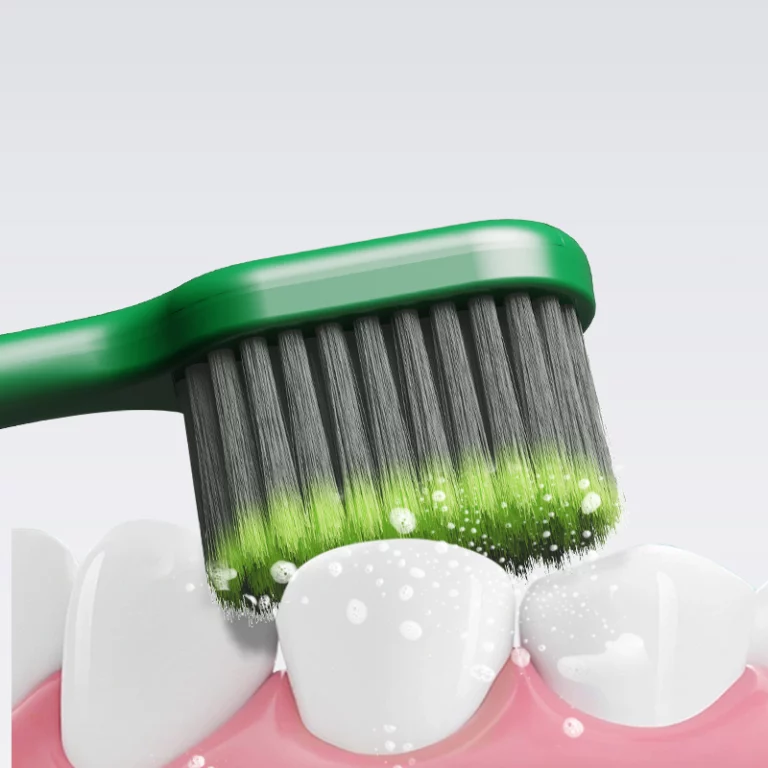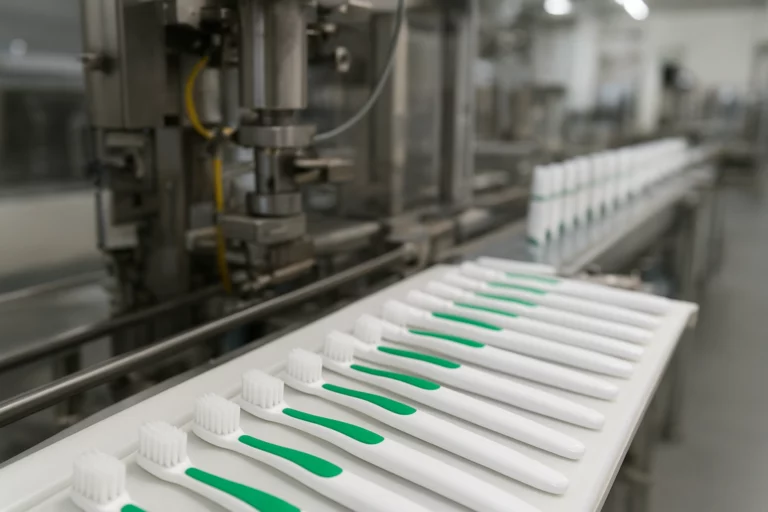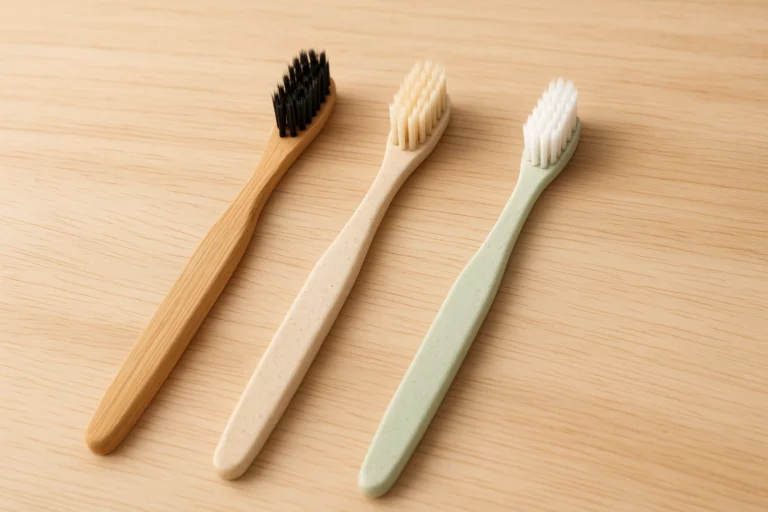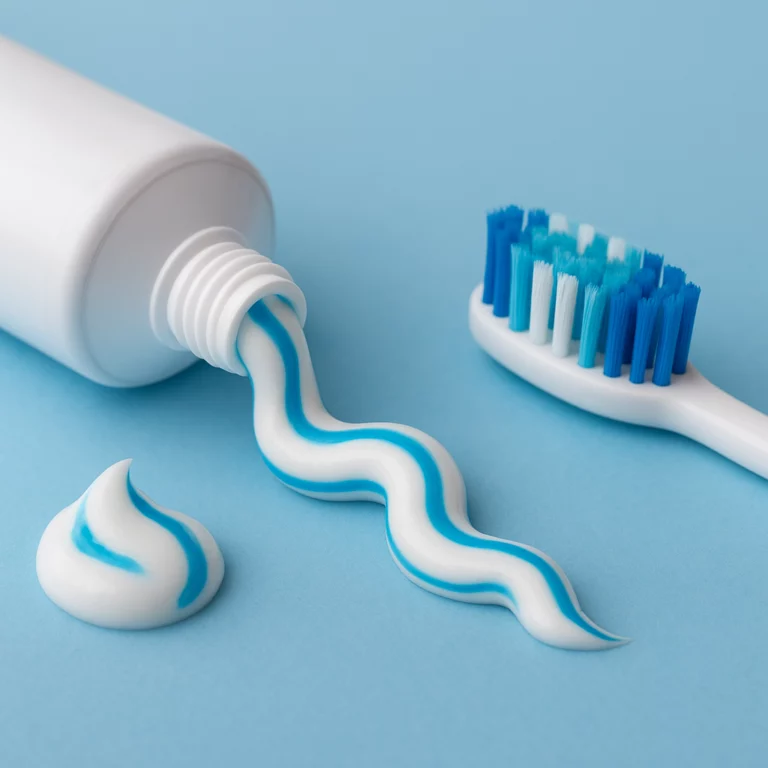When it comes to oral care, the debate over manual vs electric toothbrush continues to spark discussion among dental professionals, consumers, and brands. Is a simple $3 manual toothbrush really that different from a $100 electric toothbrush? Both products clean teeth and protect gums, but they differ greatly in technology, cost, and long-term results.
1. Manual vs Electric Toothbrush: Plaque Removal Results

Both manual and electric toothbrushes aim to break up plaque. Plaque is a sticky film that causes cavities and gum disease. Studies show that manual toothbrushes, when used with proper technique, can effectively clean teeth and gums. However, the challenge lies in human consistency—many people brush too quickly or with the wrong motion (American Dental Association).
Electric toothbrushes, especially oscillation and vibration models, reduce this margin of error. With thousands of strokes per minute, they provide more thorough cleaning in less time.
For patients who struggle with dexterity, electric models can be helpful. This includes children, the elderly, and those with braces. Electric toothbrushes can remove plaque more effectively for these individuals. This efficiency is one of the biggest reasons why the manual vs electric toothbrush debate is still ongoing in clinical discussions.
2. Cost Comparison: $3 Manual Brush vs $100 Electric Model

The cost difference between a $3 manual toothbrush and a $100 electric toothbrush seems overwhelming at first glance. Manual brushes are inexpensive, widely available, and require no additional accessories. They are also disposable, which makes replacement every 3–4 months easy and affordable.
Electric toothbrushes, however, require a higher upfront investment. Beyond the initial $100 purchase, users must replace brush heads every few months, which adds ongoing expense. On the other hand, electric models can be more durable, often lasting for years with proper care. When amortized over time, the cost per day of use may not be as high as it initially appears.
For consumers in developing markets or price-sensitive regions, the $3 manual toothbrush remains the practical choice. In markets where people value convenience and technology, consumers view the $100 electric option as a health investment.
3. Brushing Habits and User Motivation

One factor often overlooked in the manual vs electric toothbrush debate is motivation. Electric toothbrushes frequently include built-in timers, pressure sensors, and multiple modes that make brushing more engaging. The novelty of technology can encourage longer and more consistent brushing habits.
Manual toothbrushes, while effective, require self-discipline. Without reminders or feedback, users often cut corners. For dental professionals recommending products to patients, this behavioral difference may matter as much as plaque removal efficiency.
4. Gum Health: Manual vs Electric Options
Aggressive brushing with a manual toothbrush can lead to gum recession and enamel wear. Many users apply excessive pressure, mistakenly believing that harder brushing means better cleaning. Electric toothbrushes, especially those with pressure sensors, help reduce this risk. By alerting users when they press too hard, these devices encourage a gentler, safer brushing technique.
However, not all electric models are equal. Lower-quality or poorly designed products may vibrate too aggressively or lack proper safety features. Oral-care brands that make electric toothbrushes must focus on quality control and certification. They should also ensure the design is ergonomic to provide gum-friendly performance.
5. Travel Convenience and Portability

From a lifestyle perspective, manual toothbrushes are unbeatable in portability. They are lightweight, require no charging, and can be carried anywhere. For short trips or emergencies, the $3 toothbrush is a reliable fallback.
Electric toothbrushes, on the other hand, require chargers, batteries, or docking stations. While newer models feature long-lasting batteries and travel cases, they still demand more logistical planning. For frequent travelers, this could be a minor inconvenience, but for daily home use, convenience is less of a concern.
6. Sustainability and Environmental Impact

Sustainability has become a growing issue in oral care. Manufacturers often make manual toothbrushes from plastic, and people discard billions of them annually. Some eco-friendly alternatives—like bamboo toothbrushes—offer biodegradable solutions at a similar low price.
Electric toothbrushes generate electronic waste, and disposable brush heads still contribute to plastic pollution. However, the long lifespan of the handle can offset some waste compared to frequent manual replacements. Oral-care brands that want to stand out can use recyclable packaging, replaceable parts, or eco-friendly materials. This approach appeals to buyers who value the environment.
7. Clinical Evidence: Which Brush Performs Better?
Dental professionals generally agree that electric toothbrushes outperform manual ones in reducing plaque and gingivitis. Multiple clinical trials support this view, particularly with oscillating-rotating and sonic models(Cochrane Oral Health Review). Yet, it’s important to note that consistency matters more than the tool itself. A disciplined user with a manual toothbrush can achieve similar outcomes as a casual user with an electric brush.
For consumers, trust in professional recommendations often drives purchase decisions. Oral-care brands can do better in competitive markets. They should invest in clinical tests, get certifications, and seek endorsements from dentists. This will help improve their electric models.
8. Final Choice: Manual or Electric?
Ultimately, the decision between a $3 manual toothbrush and a $100 electric toothbrush depends on the user’s priorities:
- Budget-conscious users benefit from the accessibility of manual brushes.
- Tech-oriented consumers enjoy the motivation, features, and performance of electric models.
- Patients with orthodontics or mobility challenges often achieve better results with electric brushes.
- Eco-conscious buyers may prefer bamboo manual brushes or electric models with recyclable parts.
Oral-care brands should recognize that there is no one-size-fits-all solution. The market offers both affordable manual options and high-tech electric models. This helps meet the different needs of consumers.
Conclusion: More Than Just Price
So, can a $3 manual toothbrush compete with a $100 electric toothbrush? The answer is yes—and no. Both tools are capable of maintaining oral health, but the user’s habits, motivation, and lifestyle ultimately determine effectiveness.
For oral-care professionals and brand strategists, the manual vs electric toothbrush conversation is not only about price. The focus is on positioning products with an emphasis on clinical performance, sustainability, and user experience. By doing so, both manual and electric toothbrushes remain essential players in the global oral-care market.

